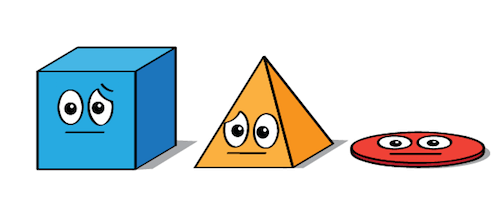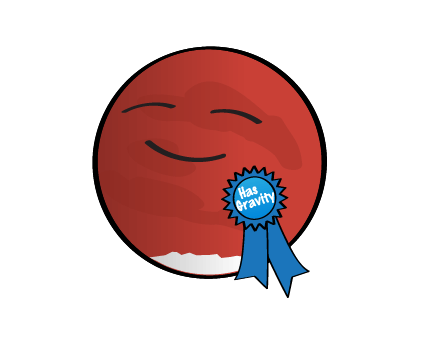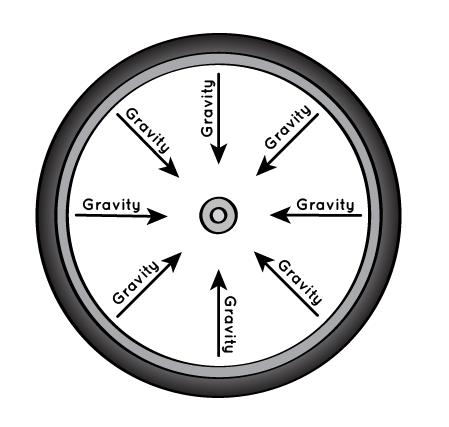Why the planets are round?
 |
| Scaled image of planets and sun relative to each other |
Big, small, but all round
The eight planets in our solar system differ in lots of ways. They are different sizes. They are different distances from the sun. Some are small and rocky, and others are big and gassy. But they're all nice and round. Why is that? Why aren't they shaped like cubes, pyramids, or discs?

Planets form when material in space starts to bump and clump together. After a while it has enough stuff to have a good amount of gravity. That's the force that holds stuff together in space. When a forming planet is big enough, it starts to clear its path around the star it orbits. It uses its gravity to snag bits of space stuff.

A planet's gravity pulls equally from all sides. Gravity pulls from the center to the edges like the spokes of a bicycle wheel. This makes the overall shape of a planet a sphere, which is a three-dimensional circle.

Are they all perfect, though?
While all the planets in our solar system are nice and round, some are rounder than others. Mercury and Venus are the roundest of all. They are nearly perfect spheres, like marbles.
But some planets aren't quite so perfectly round.
Saturn and Jupiter are bit thicker in the middle. As they spin around, they bulge out along the equator. Why does that happen? When something spins, like a planet as it rotates, things on the outer edge have to move faster than things on the inside to keep up. This is true for anything that spins, like a wheel, a DVD, or a fan. Things along the edge have to travel the farthest and fastest.
Courtesy. NASA.
No comments:
Post a Comment